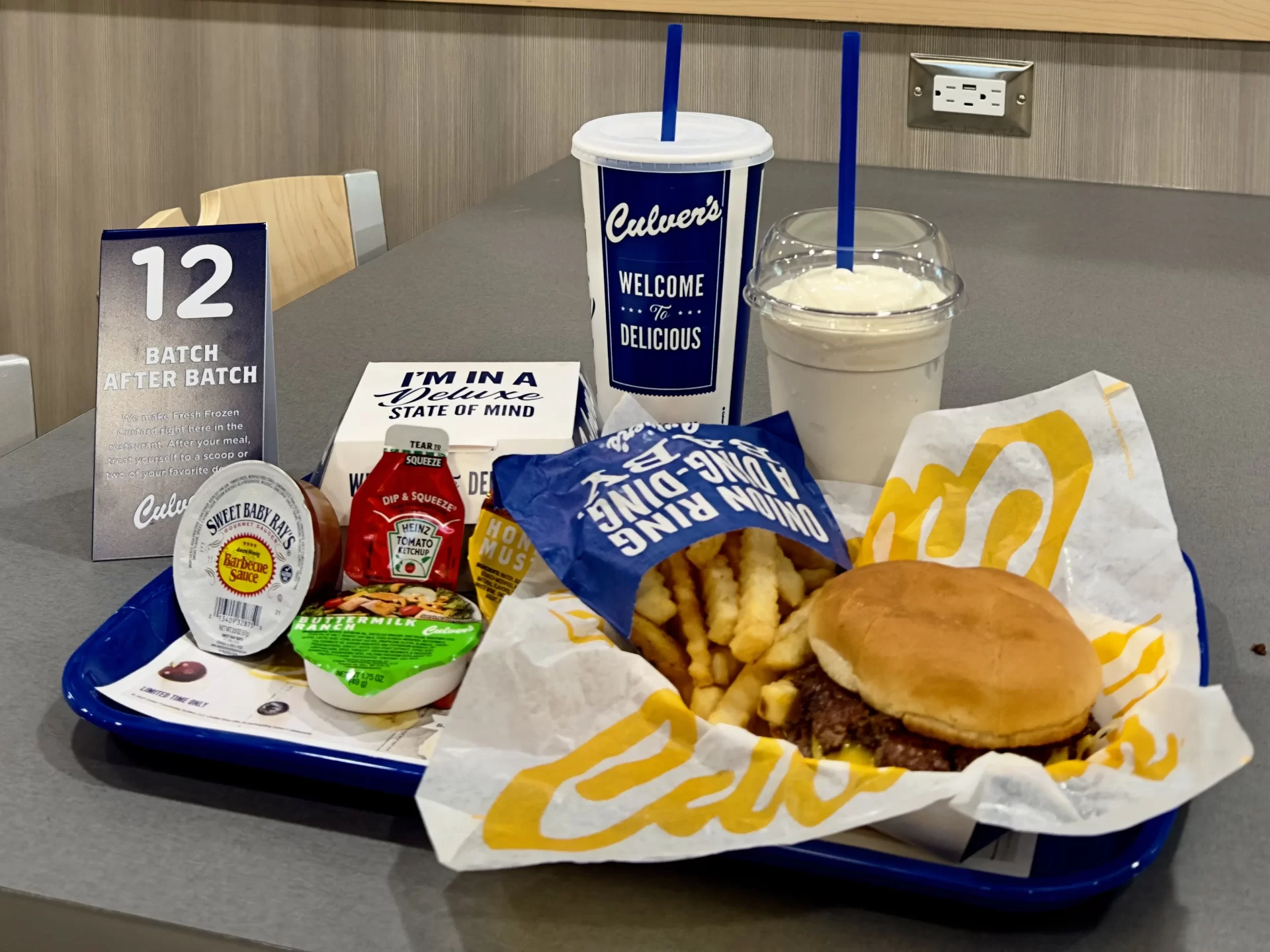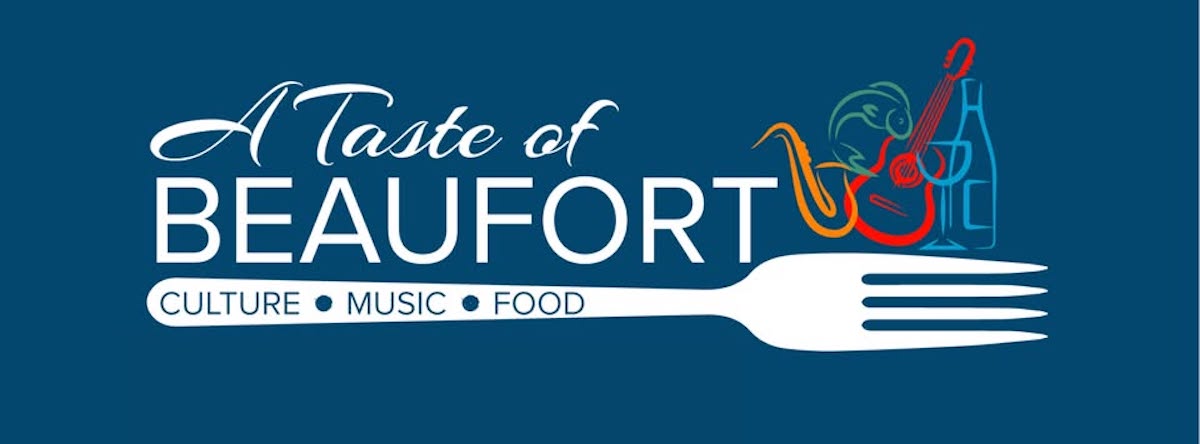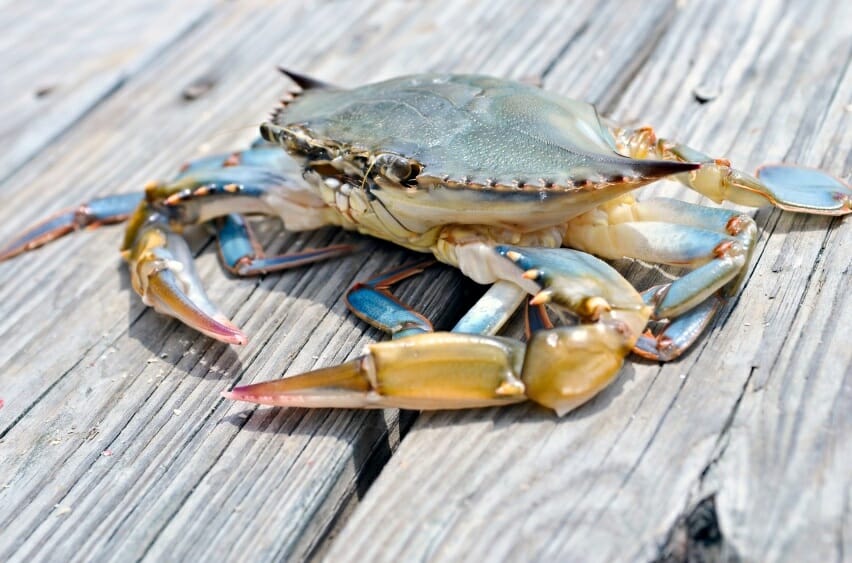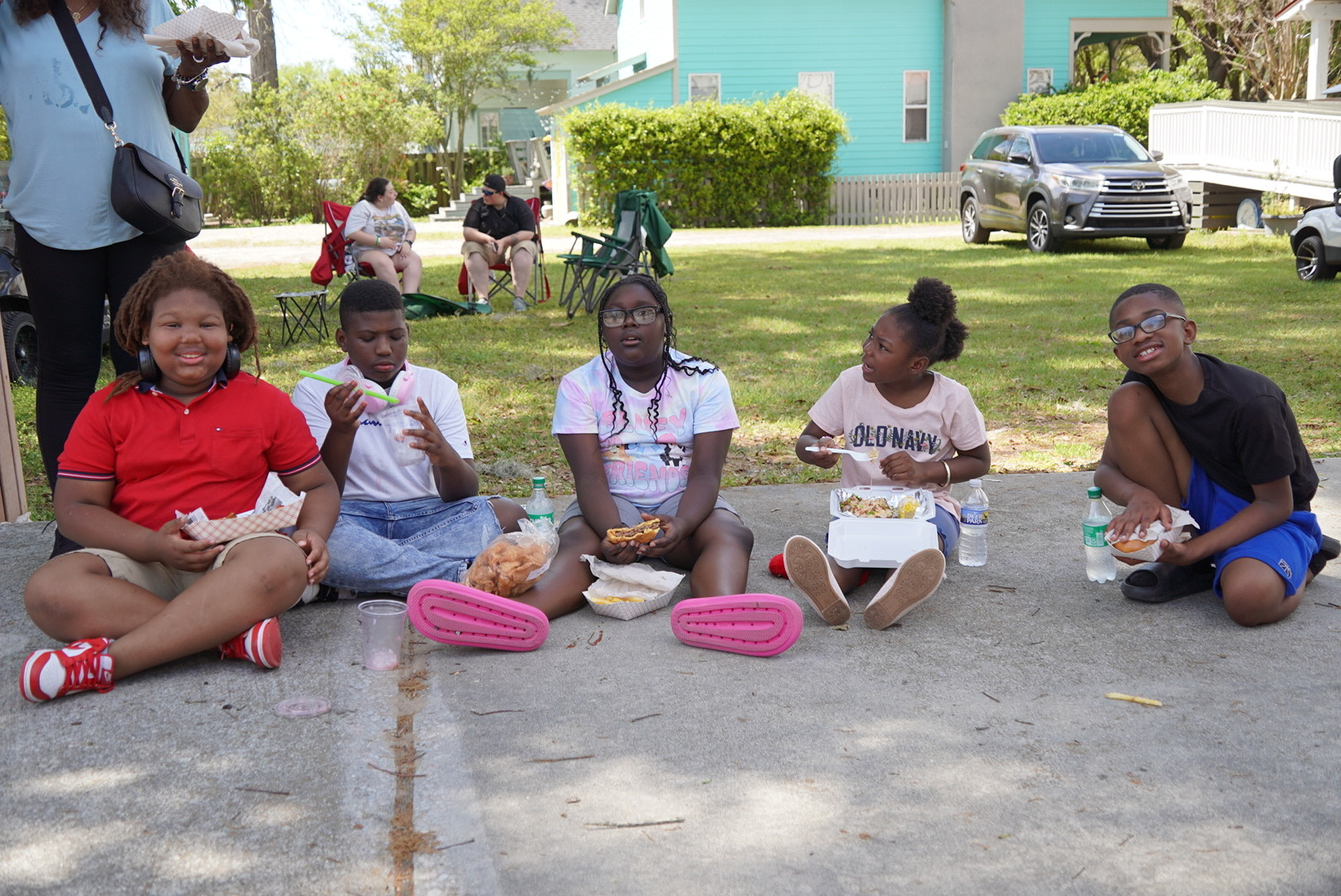By Celia Strong
The Côtes du Rhône is an AC region located in southeastern France along the banks of the Rhône River. The valley was formed in the last ice age when the Rhône Glacier carved its way south through France. The river itself runs down from the Alps, for 505 miles, to the Mediterranean Sea. Geography separates the region into two very separate and different parts. Today, we’re concentrating on the southern portion, where the river is wider and the climate is marked by long, hot summers, mild winters, less rainfall, and the famous Mistral wind. A unique ground coverage of wild herbs called “Garrigue” gives the wines added flavors. The Rhône region produces red (89%), white (4%), and rosé (7%) wines. Dry, sweet and sparkling.
Wines have been made in the Rhône Valley since before the Romans. For centuries, wines from the right bank — the eastern side — were favorites of kings and papal communities. In 1305, Pope Clement V moved the Papal seat from Rome into France. Clement was from Bordeaux and did not feel safe in the political atmosphere of Rome. He settled near Avignon and named his new city Châteauneuf-du-Pape, the new castle of the Pope. With regard to wines, Clement and Pope John XXII who followed him were both avid Burgundy drinkers and encouraged the growth and enhancement of Rhône area vineyards and wines. What became the AC Rhône region wine laws, in 1937, were actually winemaker regulations used in growing and production since 1650.
The Côtes du Rhône appellation covers over 207,000 acres. Close to 500 million bottles are made each year. For reds and rosés, Grenache (officially Grenache Noir), Syrah, Cinsault, Carignane, Counoise and Mouvèdre grapes are allowed. Red wines must include a minimum 40 percent Grenache, if grown south of Montélimar, and can contain 5 percent white varieties. For white wines, Clairette, Gremache Blanc, Marsanne, Roussanne or Bourboulenc must make up 80 percent of the finished wine — any combination of these varieties will suffice. Plus, whites can include Viognier, Ugni Blanc and Picpoul — up to 20 percent of the total. Most Côtes du Rhône wines come from the southern part of the region. Here the massive delta of the Rhône River is spread out and the vineyards are on flatter soil. (Northern Rhône appellation vineyards are terraced into steep cliffs along the river’s edge, very labor intensive throughout the growing season and worse at harvest.)
Our two Rhône wines come from Domaine de la Solitude. This property, founded in the 17th century, has been owned by the Lançon family for generations. Florent Lançon is the current winemaker and boasts its own 100 acres of vines, averaging 50 years old. Eighty-six acres are planted with red varieties and 14.8 with white, all sustainably farmed. The vineyards have iron-rich topsoil over clay and limestone. Harvests are done by hand, and the grapes are carefully sorted to remove unwanted fruit.
For the white La Solitude, the grapes are gently pressed after sorting. The Roussane and Viognier are barrel fermented. The other varieties are done in vats under temperature control. No malolactic fermentation is done. After blending (30% Clairette, 35% Grenache Blanc, 25% Roussanne, 10% Viognier), the wine is aged in barrels, on its lees, for about eight months. The wine is a pale gold color, with aromas and flavors that include peach, honeysuckle, spiced stone fruits, flowers and lemon. Roussane and Viognier give it the floral notes and weight in your mouth. Clairette gives it freshness and moderate acidity. And, Grenache Blanc gives it depth and complexities. This wine is meant to be drunk fairly young. For $11.99.
La Solitude Cotes du Rhône red is a quality red Rhône. After these grapes are sorted, they are destemmed, crushed and put into tanks. Temperature-controlled maceration lasts for about a month. Soon after the alcoholic fermentation, the secondary malolactic fermentation occurs. Then, wines from different vineyard parcels and different varieties are aged separately for about eight months. Blending (60% Grenache, 30% Syrah and 10% Mourvèdre) isn’t done until after this aging. This wine is garnet-colored, fresh and fruity with elegant tannins. It is medium- to full-bodied, firm, with abundant red and black fruits, black pepper spicy notes, and herbs. For $13.99. Enjoy, with friends or in solitude!
Celia Strong works at Billís Liquor & Fine Wines on Ladyís Island.






